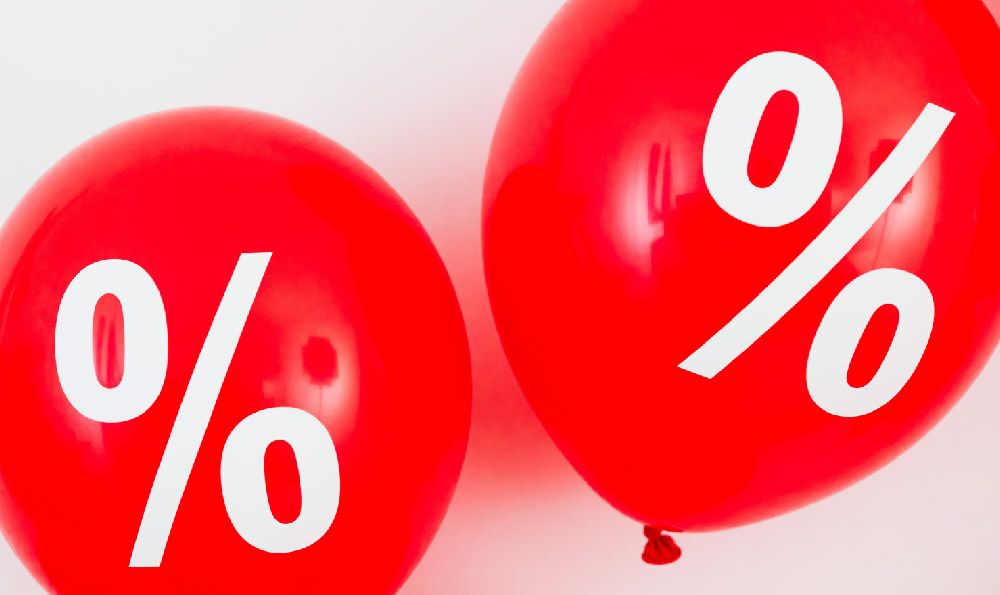Okay, let's delve into the fascinating, often opaque, and highly variable world of YouTube earnings. The question of "How much can you make on YouTube?" isn't a simple one, with a neat, precise answer. It's more akin to asking "How long is a piece of string?" – the length depends entirely on a multitude of factors. Understanding these factors is key to assessing the true earning potential on the platform.
At its core, YouTube monetization revolves around advertising revenue. When a viewer watches an ad on your video, you, as the creator, receive a portion of the ad revenue. This is primarily facilitated through the YouTube Partner Program (YPP). To even be eligible for the YPP, you need to meet specific criteria: having at least 1,000 subscribers and accumulating 4,000 valid watch hours within the past 12 months. Once accepted, you can enable monetization on your videos.
The amount you earn per ad view isn't fixed. It fluctuates based on the CPM (Cost Per Mille, or cost per thousand impressions) and the RPM (Revenue Per Mille, or revenue per thousand views). The CPM represents how much advertisers are willing to pay YouTube to show their ads on your videos. The RPM, which is arguably more important for creators, represents the actual revenue you receive per 1,000 views after YouTube takes its cut.

Several factors influence both CPM and RPM. The most significant is the niche of your content. Advertisers are willing to pay more to reach certain demographics and interests. For example, a finance channel targeting high-income individuals might command a higher CPM than a gaming channel primarily watched by teenagers. Tech reviews, business advice, and luxury goods content tend to attract premium advertisers, leading to higher CPMs and RPMs. Conversely, content targeting a younger audience or featuring controversial themes may have lower CPMs.
Geographic location is another crucial element. Ads shown to viewers in the United States, Canada, the United Kingdom, and Australia typically generate higher revenue than ads shown in countries with lower advertising rates. This is because these countries tend to have stronger economies and higher purchasing power, making them more attractive to advertisers.
The type of ad also plays a role. Skippable ads, non-skippable ads, and banner ads all generate different levels of revenue. Longer, non-skippable ads generally yield higher CPMs but can also deter viewers if overused. The placement of ads within a video (pre-roll, mid-roll, post-roll) and the frequency of mid-roll ads, which is customizable for longer videos, also impact overall earnings. However, aggressive ad placements can lead to viewer dissatisfaction and reduced watch time, ultimately hurting your channel's performance.
Beyond ad revenue, there are other avenues for generating income on YouTube. Channel Memberships allow viewers to support your channel directly in exchange for exclusive perks like badges, emojis, and bonus content. Super Chat & Super Stickers, available during live streams and premieres, enable viewers to highlight their messages in the chat by paying for them. Merchandise Shelf allows you to sell branded merchandise directly from your YouTube channel.
Affiliate marketing is another popular strategy. You can promote products or services in your videos and include affiliate links in the description. When viewers click on these links and make a purchase, you earn a commission. The success of affiliate marketing depends on the relevance of the products to your audience, the persuasiveness of your recommendations, and the trustworthiness of your channel.
Sponsorships and brand deals can be a significant source of income for established YouTubers. Brands pay you to feature their products or services in your videos. Securing sponsorships requires building a strong brand, cultivating a loyal audience, and demonstrating your ability to deliver results for advertisers. Your negotiating skills will also be important to ensure you are compensated fairly for your work.
Therefore, to give even a general idea, a channel with a CPM of $5 and an RPM of $2 might earn $2 per 1,000 views. If a video gets 100,000 views, the estimated earnings would be $200. However, this is a very simplified example, and actual earnings can vary significantly.
To maximize your earning potential on YouTube, focus on creating high-quality, engaging content that resonates with your target audience. Optimize your videos for search, use relevant keywords in your titles and descriptions, and promote your content across social media platforms. Build a strong community around your channel by interacting with your viewers in the comments section and fostering a sense of belonging.
It's also crucial to stay up-to-date with YouTube's policies and best practices. YouTube's algorithm is constantly evolving, and creators need to adapt to these changes to maintain their visibility and grow their channels. Understanding YouTube Analytics is key to tracking your performance, identifying areas for improvement, and making data-driven decisions.
Finally, remember that building a successful YouTube channel takes time, effort, and dedication. Don't expect to get rich overnight. Focus on creating valuable content, building a loyal audience, and diversifying your income streams. With hard work and perseverance, you can potentially achieve significant financial success on YouTube. The journey might be a marathon and not a sprint, so set realistic expectations, learn from your mistakes, and adapt to the ever-changing landscape of online video.












